John Breed, Diary and Training diary, item 143
Transcription
Transcription history
-
If the infantry are in a single line of no depth, the
best way is to range on points in their line of advance
such as crests or hedges, and open gun fire when
they reach these points
When a battery is caught on the move, limbering up, or
unlimbering, it is desirable to make the most of the opportunity.
A long bracket should be found with two rounds
of time shrapnel, and repeatedly searched with gun
fire
The same applies to a COs Staff, if this can be
recognized
Except in the cavalry, the only time when cavalry in formed
bodies is likely to be visible is when cavalry charges the
guns. Even then they will not, if they can help it, deliver
a frontal charge, but will make for the flanks and
wagon line. Section Control will therefore be the normal
method
The section commander orders the Elevation, well short of
the estimated range, and orders the fuze directly ("fuze 3"
"fuze 2" "and fuze 1") instead of ordering the corrector.
At ranges of 2000 yards and under the elevation with
which the shrapnel is fired is of little consequence
-
If the infantry are in a single line of no depth, the
best way is to range on points in their line of advance
such as crests or hedges, and open gun fire when
they reach these points
When a battery is caught on the move, limbering up, or
unlimbering, it is desirable to make the most of the opportunity.
A long bracket should be found with two rounds
of time shrapnel, and repeatedly searched with gun
fire
The same applies to a COs Staff, if this can be
recognized
-
If the infantry are in a single line of no depth, the
best way is to range on points in their line of advance
such as crests or hedges, and open gun fire when
they reach these points
Description
Save descriptionLocation(s)
- ID
- 17035 / 198382
- Contributor
- Mrs Jean Hanby
Login to edit the languages
Login to edit the fronts
- Western Front
Login to add keywords
- Artillery
- Trench Life

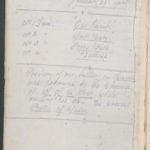
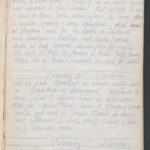


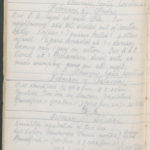
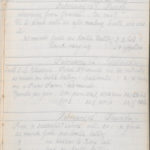

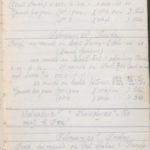

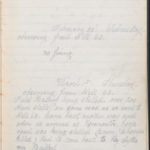




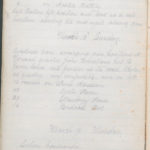


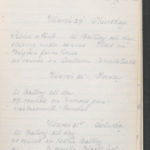







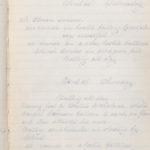




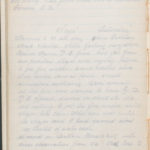



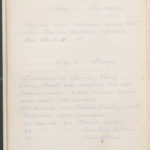
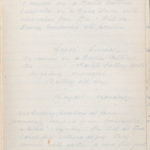

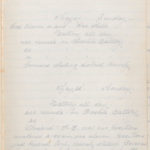






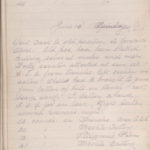

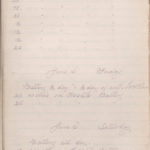


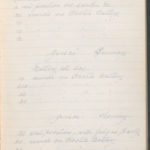


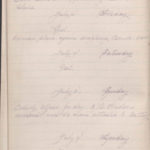




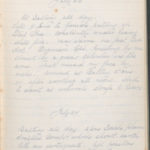






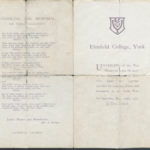
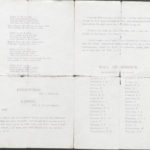



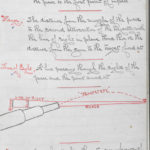


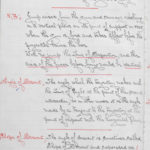


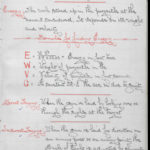
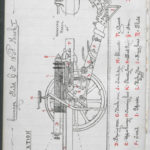
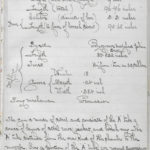


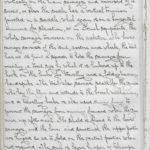

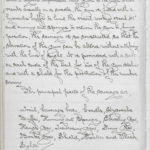
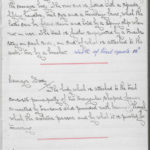
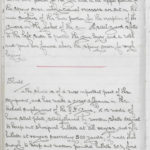
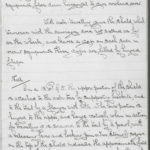



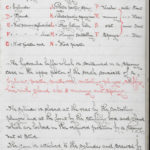


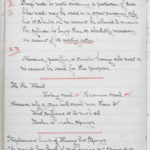

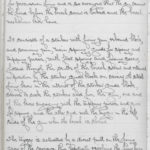








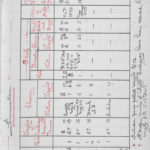
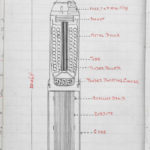


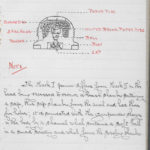

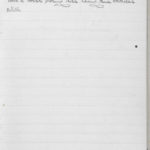




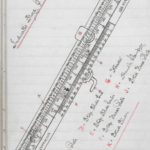



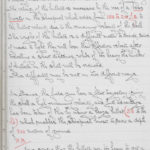
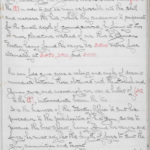
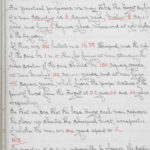

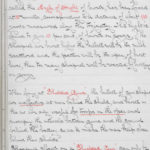
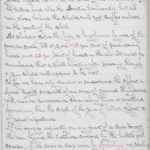



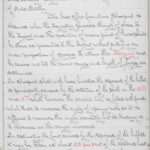

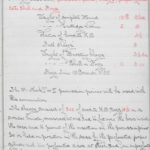


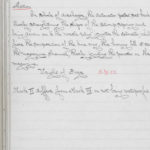

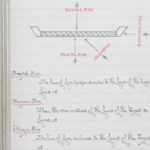


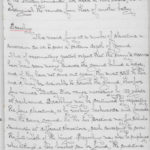



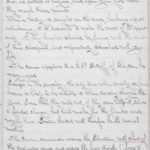



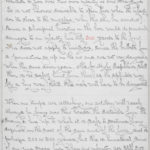

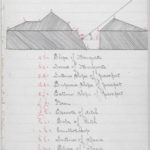






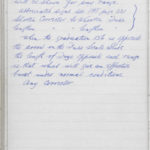
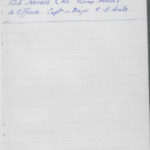
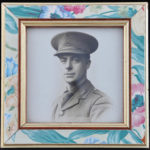
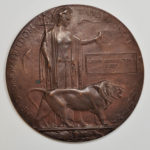


Login to leave a note